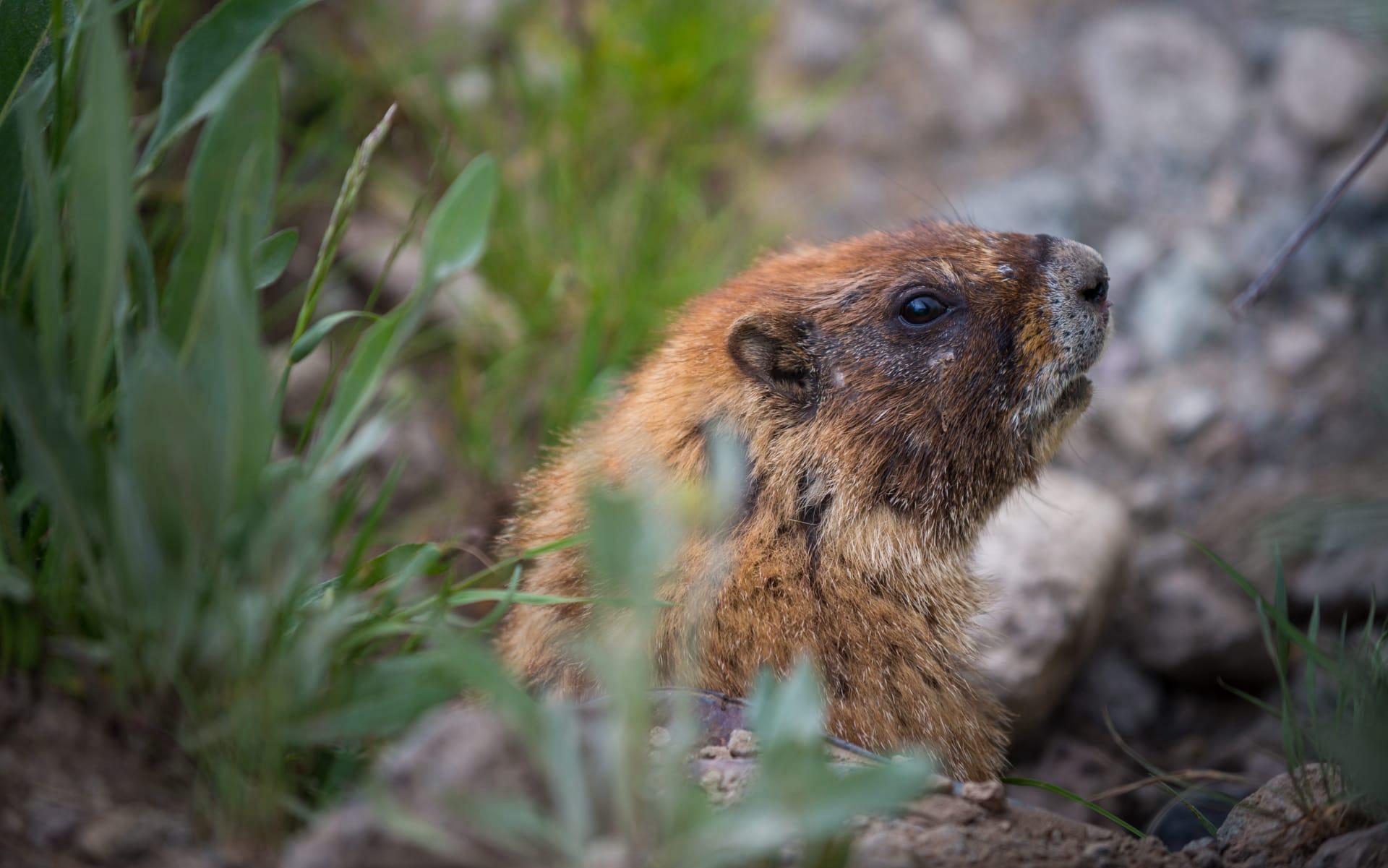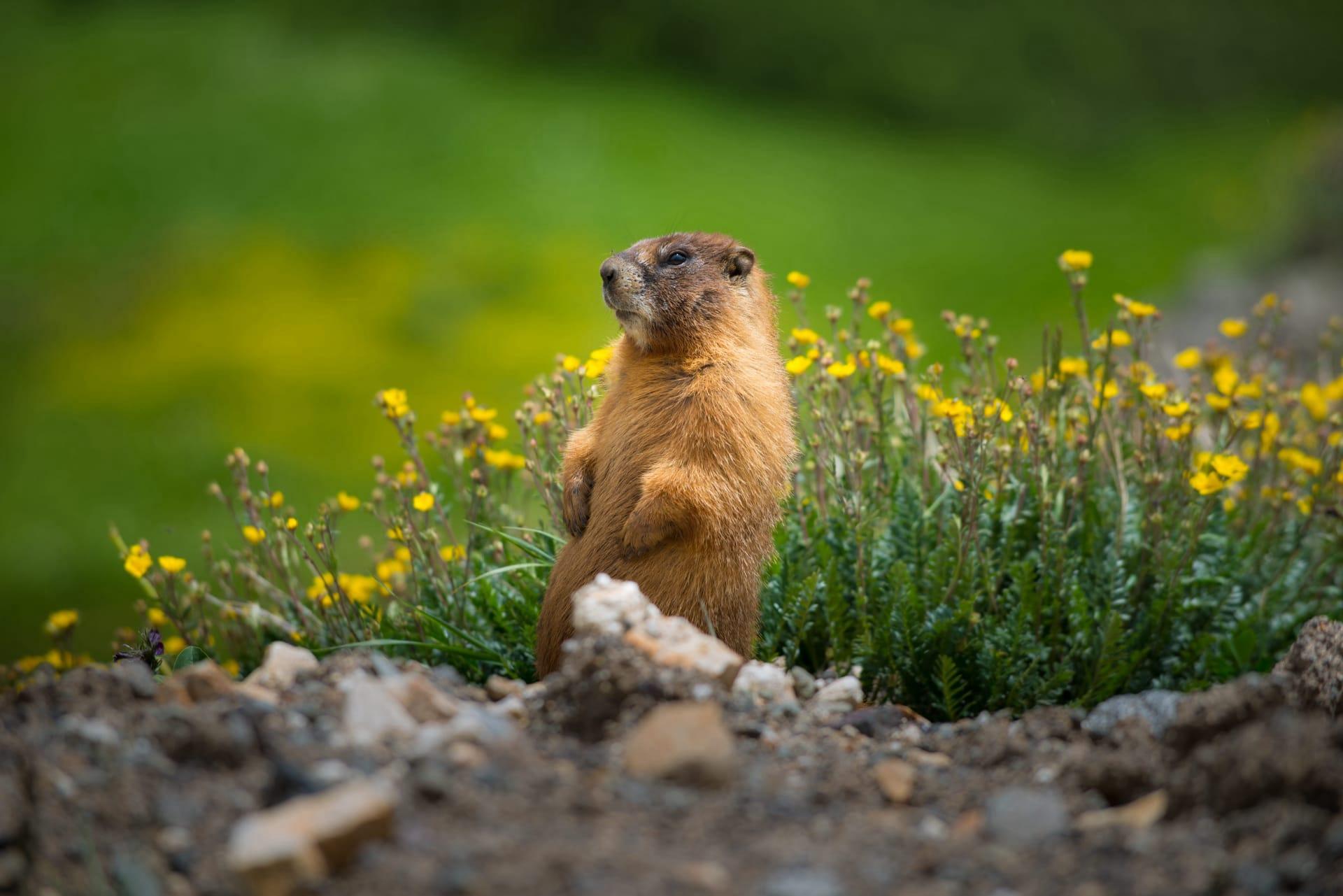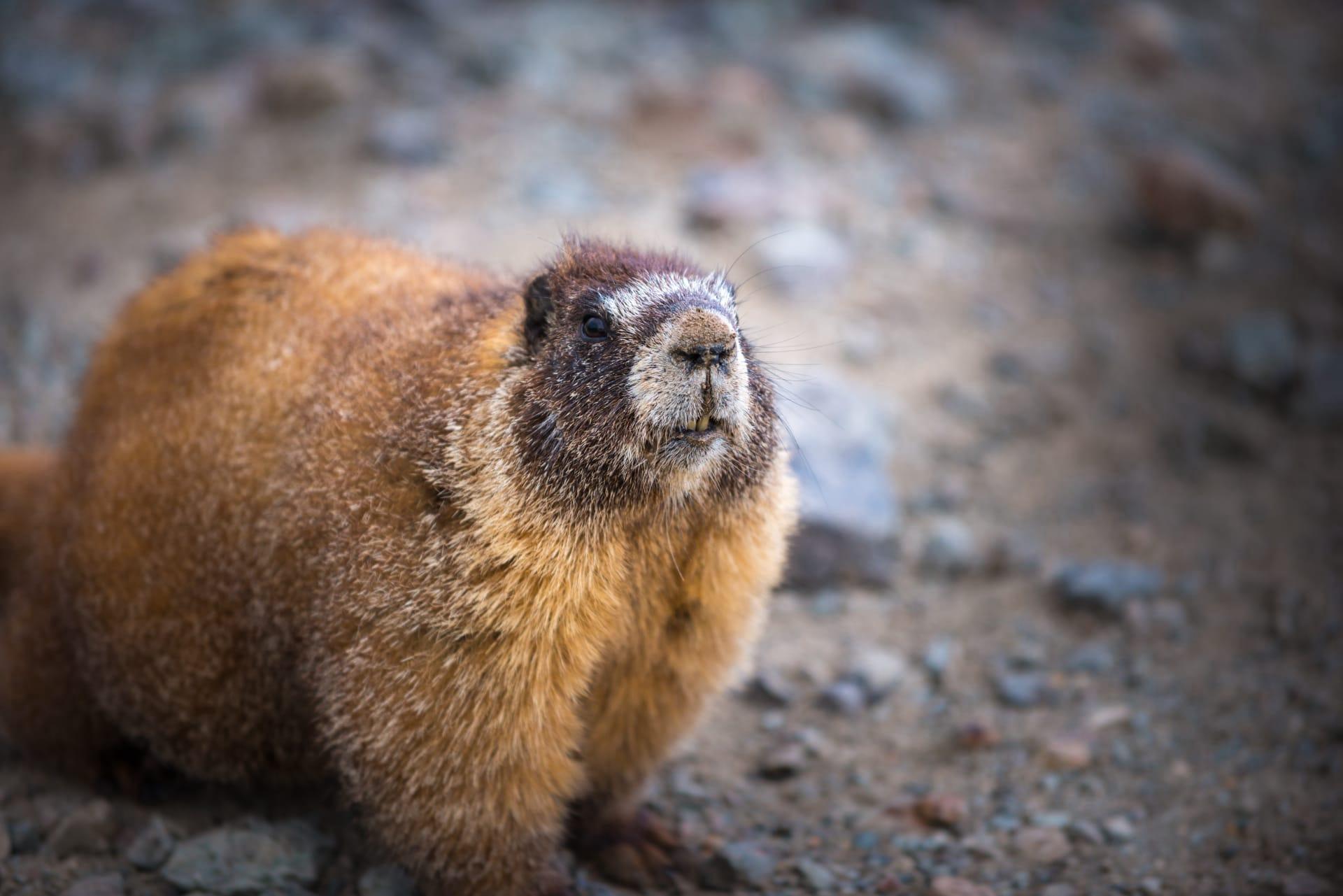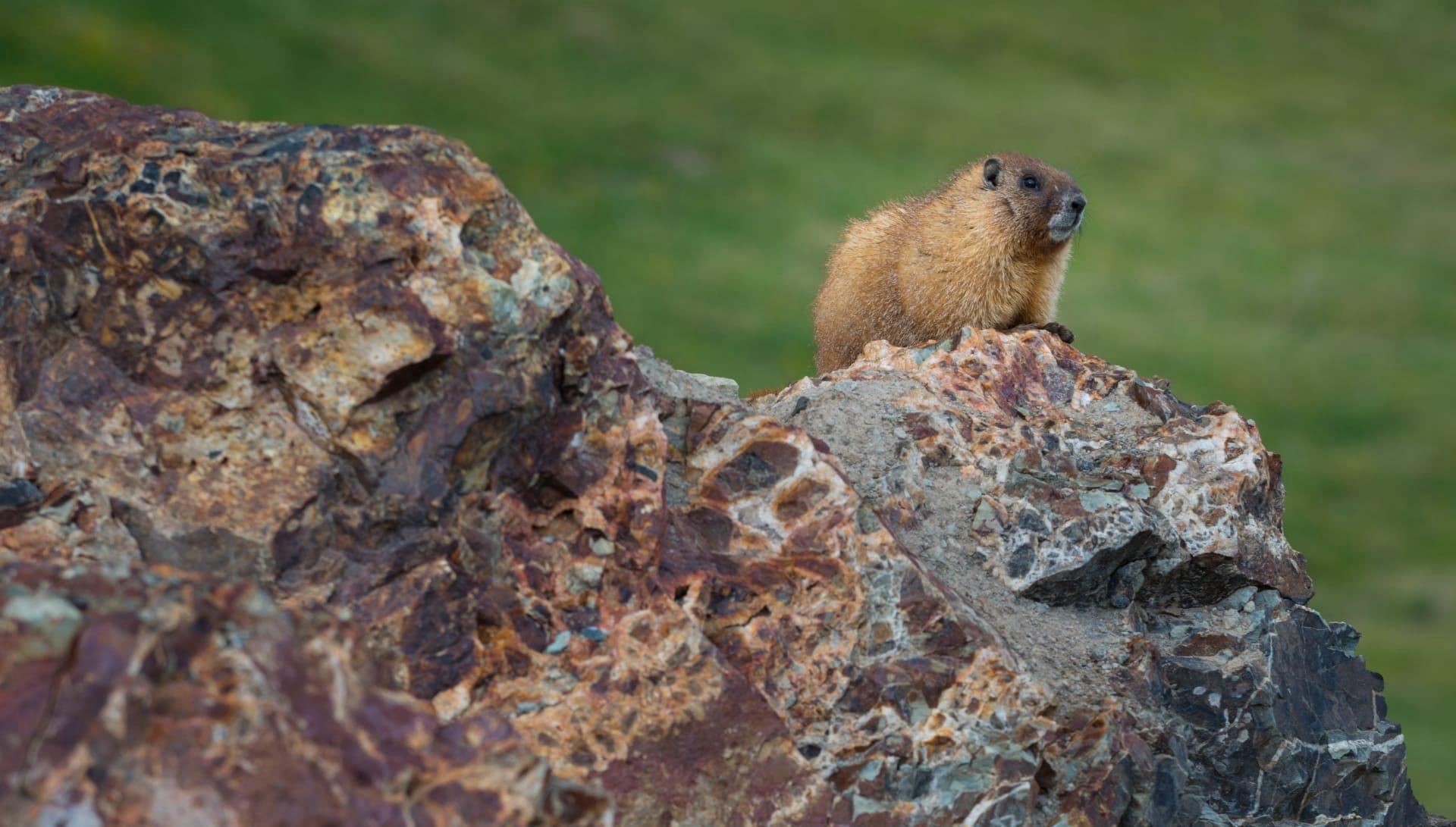Yellow Bellied Marmot Characteristics
- Home /
- Mini Encyclopedia /
- Animal /
- Yellow Bellied Marmot Characteristics
1
The Yellow Bellied Marmot, a curious and robust creature, boasts a stocky build typical of ground-dwelling rodents. Adult marmots average about 20 inches in length, excluding their bushy tails that add another 5 to 7 inches. They typically weigh between 3 to 5 kilograms, with males usually being the larger. These marmots can live up to 15 years in the wild, a testament to their hardy nature.
One of the most distinctive organs of the Yellow Bellied Marmot is its vocal cords. Unlike many rodents, marmots are known for their loud and varied calls, which they use for communication within their colonies. These calls serve as alarms against predators, coordinate social interactions, and even strengthen social bonds within the group. The vocalizations vary in pitch and duration, indicating different types of threats or social cues, making their communication surprisingly complex for such small animals.

2
Question: Why do Yellow Bellied Marmots hibernate for such a long period?
Answer: Yellow Bellied Marmots hibernate for up to 8 months, one of the longest hibernation periods in the animal kingdom. This extended slumber is primarily due to their high-altitude habitats, where food becomes scarce during long, harsh winters. Hibernation allows them to conserve energy and survive on stored fat reserves. During this time, their heart rate drops significantly, and their body temperature can closely match the chilly surroundings, a remarkable adaptation for survival in extreme conditions.

3
Yellow Bellied Marmots are agile and sturdy animals. They are adept at climbing and can maneuver through rocky terrains with ease, thanks to their strong limbs and sharp claws. However, they spend most of their time on the ground, where they can reach considerable speeds, especially when fleeing from predators.
In terms of hunting, Yellow Bellied Marmots are primarily herbivores. They feed on a variety of plants, including grasses, flowers, and grains. Their diet is season-dependent; in spring and summer, they consume more fresh greens, while in the approach to hibernation, they focus on fattier seeds and grains to build up their fat reserves. They have sharp incisors that are perfect for cutting through tough plant material, and they often forage in groups to stay alert to potential threats.

4
The Yellow Bellied Marmot thrives in mountainous regions, particularly in the Rocky Mountains and Sierra Nevada in North America. They favor rocky outcrops and meadows at altitudes between 2,000 to 3,500 meters. These habitats offer them abundant food during the warmer months and secure burrows for hibernation during the winter.
Reproduction is a vital aspect of their life cycle. Mating occurs soon after they emerge from hibernation in spring. Females usually give birth to a litter of 3 to 5 pups after a gestation period of about 30 days. The young are born blind and helpless, relying completely on their mother for warmth and milk. They grow rapidly, though, and are usually ready to venture outside the burrow within a few weeks.

5
Book: "Marmots: Social Behavior and Ecology" by Paul M. Nolan (USA, 1984). This book offers a comprehensive study of marmots, including the Yellow Bellied Marmot. Nolan delves into their social structures, communication methods, and survival strategies, providing readers with a detailed understanding of these fascinating creatures.
Book: "The World of Marmots: Ecology and Behavior" by Kenneth B. Armitage (USA, 1999). Armitage's work focuses on the various species of marmots around the world, including the Yellow Bellied Marmot. The book covers their ecological adaptations, behaviors, and the challenges they face in changing environments. It is an insightful read for anyone interested in the broader context of marmot species and their role in ecosystems.